In another first for NASA’s Perseverance rover, a cube-shaped instrument called MOXIE, or Mars Oxygen In-Situ Resource Utilization Experiment, has successfully converted some of Mars’ atmospheric carbon dioxide into oxygen. Plus, a wild roundup of stories including exoplanets, sky maps, fast radio bursts, meteorites, and the problem with symmetry.
Media
Transcript
Hello and welcome to the Daily Space. I am your host Dr. Pamela Gay.
And I am your host Beth Johnson.
And we are here to put science in your brain.
Like many of you, we were pleased to wake up to the news that a second Crew Dragon had launched humans to the International Space Station. Sharing its name with Space Shuttle Endeavor, this capsule with its crew of three took off without a hitch and will be discussed in next week’s Rocket Roundup.

While Dragon celebrates its second crewed launch, Hubble is up there celebrating its 31st birthday. The launch of the Hubble was delayed to 1990 after the loss of the Space Shuttle Challenger, but there’s no denying this millennial’s glasses-wearing style. As a reminder that this great telescope still does great science, NASA and ESA released a stunning image of the massive star AG Carinae.
With seventy times the mass of the Sun, this Luminous Blue Variable periodically undergoes violent outbursts during which it expels mass. In Hubble’s image, the star can be seen glowing brightly in the center of a ring of glowing material. This nebula is about five light-years across and is made of ten solar masses of material that AG Carinae has already blasted to space. For perspective, the Sun and the Alpha Centauri system could fit nicely within this bright halo.
And speaking of the Alpha Centauri system, its smallest member – the red dwarf Proxima Centauri – has been spotted giving off a massive stellar flare, the likes of which we are alive to say the Sun hasn’t been observed to produce. In fact, this single flare was a hundred times more powerful than similar events produced by the Sun. It’s long been known that tiny red dwarf stars can have powerful flares, and this activity is part of why it’s hard to know if planets around red dwarfs can live for prolonged and continuous periods of time.
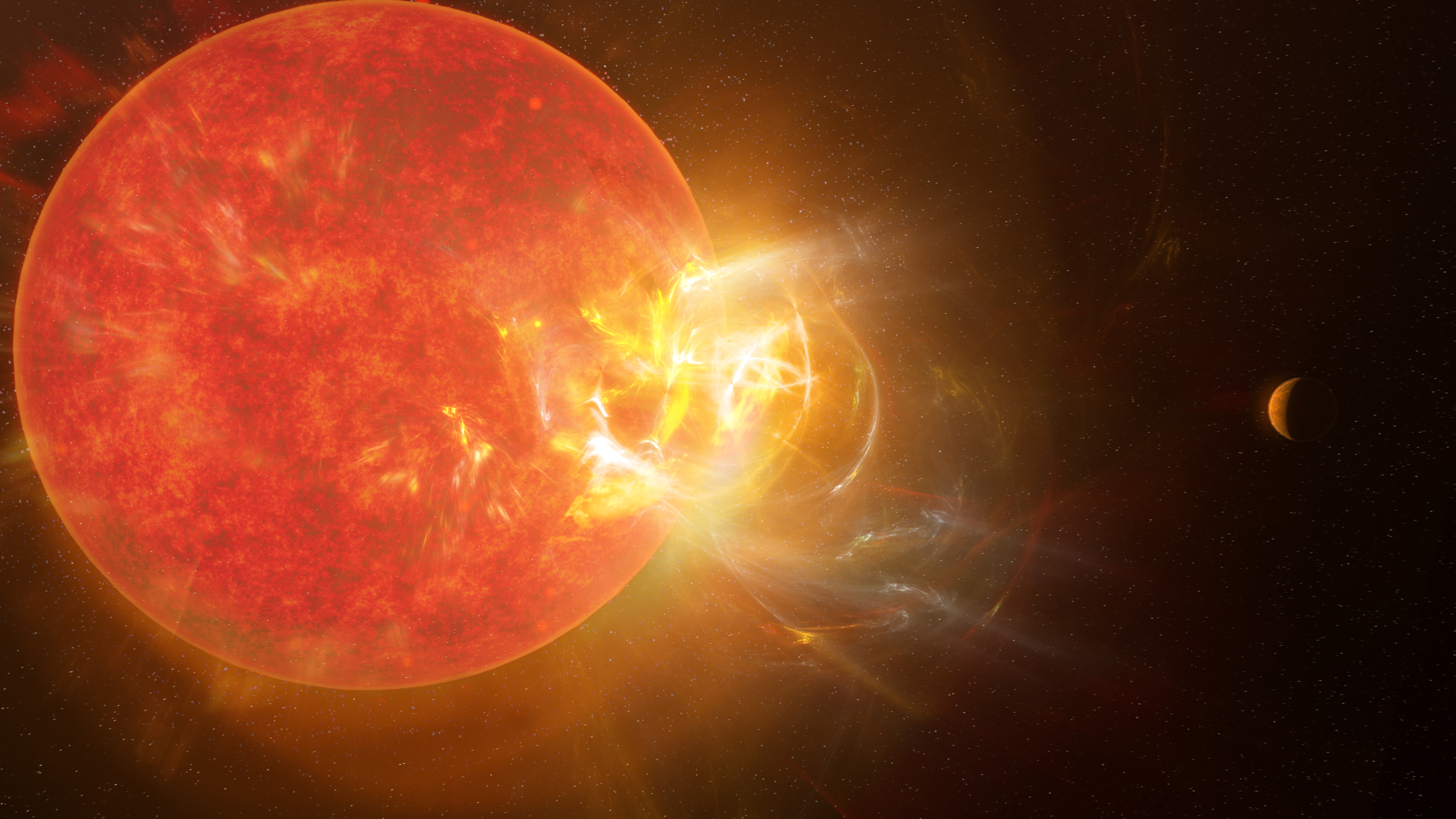
While reviewing archival data of Proxima Centauri in the Atacama Large Millimeter/submillimeter Array (ALMA) archive, researchers discovered that this nearest star to the Earth had a flare in 2018. In hopes of catching a second flare, the research team asked for and was awarded forty nights of observing time, spread over many months, on nine telescopes on and above the Earth. During this period, one second-second flare was observed, and, during this event, the star became 14,000 times brighter in many different colors of light, including both ultraviolet and radio.
The lead author of this work, Meredith MacGregor, points out: “Proxima Centauri’s planets are getting hit by something like this not once in a century, but at least once a day, if not several times a day. … If there was life on the planet nearest to Proxima Centauri, it would have to look very different than anything on Earth. A human being on this planet would have a bad time.
These results are published in the Astrophysical Journal Letters and have implications for everyone from stellar astronomers to astrobiologists. They also make me wish that the energy of solar flares was brighter in visible light. Imagine looking up and seeing a star get 10,000 times brighter for just a couple of seconds. If we could see it in radio or ultraviolet light, we’d see that. It might be a bit traumatizing like the sky was filled with lights on the fritz, so maybe it’s best that we actually don’t see that.
From giant flares we now turn to giant planets.
I love when we directly image exoplanets. It’s an amazing accomplishment and truly shows how we continue to push the limits of our technology. And sometimes, those images reveal planets that make very little sense. Such is the case with YSES 2b, a giant planet about 360 light-years away and orbiting at a distance 110 times farther out from its star than the Earth is from the Sun. That’s also about 20 times farther than Jupiter orbits. And when we say giant, we mean it’s six times heavier than Jupiter.
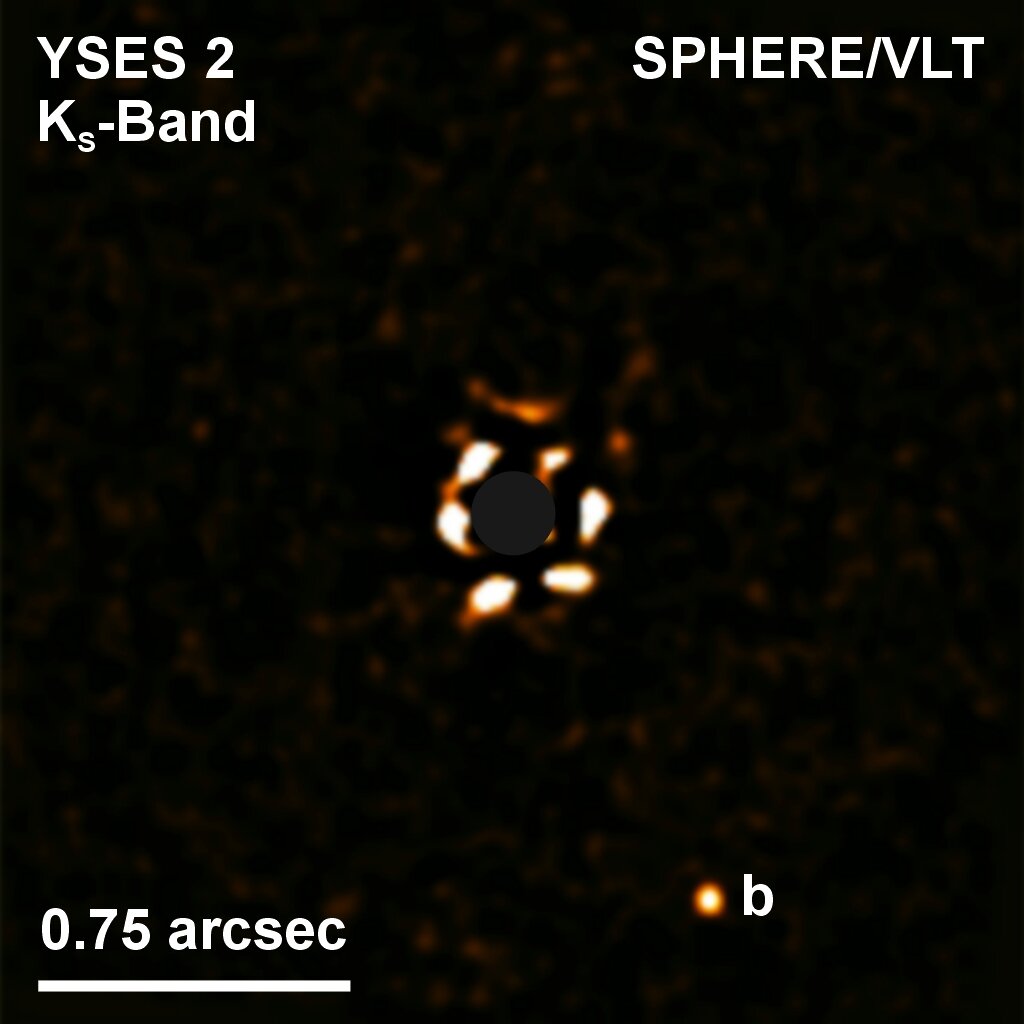
So what, Beth? Maybe the star is huge! Nope. This star resembles our own Sun but much younger; only 14 million years old. All of these numbers led a team of astronomers to try and understand just how and where this planet formed. Large planets need a lot of material, and we don’t find that much in the accretion disks of protoplanetary systems at that kind of distance. It’s also not heavy enough to have been formed from a gravitational instability in the protoplanetary disk. This means it’s possible that it formed close in and somehow migrated out, but that requires the influence of another planet, and that planet has yet to be found. The team is going to continue to look for that sibling planet as well as other gaseous planets around young, sun-like stars. We’ll bring you their findings here on Daily Space.
The chemistry of meteorites and planets allows us to link things together and understand more of our solar system’s history and help us maybe survive exploring that solar system.
One of the biggest mysteries of our solar system’s formation is how Earth ended up with so much water. There is a hypothesis that some if not all of the water came from asteroids that hit the Earth during a period known as the late heavy bombardment. You see, those asteroids formed out beyond the ice line, meaning that instead of dealing with gaseous or liquid forms of H20 and carbon dioxide, these bodies were infused with frozen forms. And when a bunch of them collided with the youngish Earth, all that ice was heated up and released in liquid form, or possibly gaseous form, and held onto by Earth’s gravity. That’s good for us, since we require said water to live.

And now, an analysis of the Sutter’s Mill meteorite has provided a bit more evidence for the “water and carbon dioxide came here from afar” hypothesis. The meteorite fell to Earth back in 2012, and due to witness accounts of the fireball and radar data, several pieces were found by my SETI Institute mentor, Peter Jenniskens. Now a team has analyzed some of the tiniest inclusions in the minerals of the meteorite — frozen bits that were trapped inside and are now liquid but still trapped — and they found carbon dioxide-rich water.
Per the press release: This would require the asteroid to have formed in a part of the solar system cold enough for water and carbon dioxide to freeze, and these conditions would place the site of formation far outside of Earth’s orbit, likely beyond even the orbit of Jupiter. The asteroid must then have been transported to the inner regions of the solar system where fragments could later collide with the planet Earth.
But they didn’t just collide with Earth. Mars, too, has water and carbon dioxide, but frankly, more of the latter is what makes up the atmosphere. Again, the only habitable planet for humans is Earth. Mars will kill us without a whole lot of precautions, and we’re still trying to figure out what resources we need to bring and what we can pull in situ, or from the red planet itself.
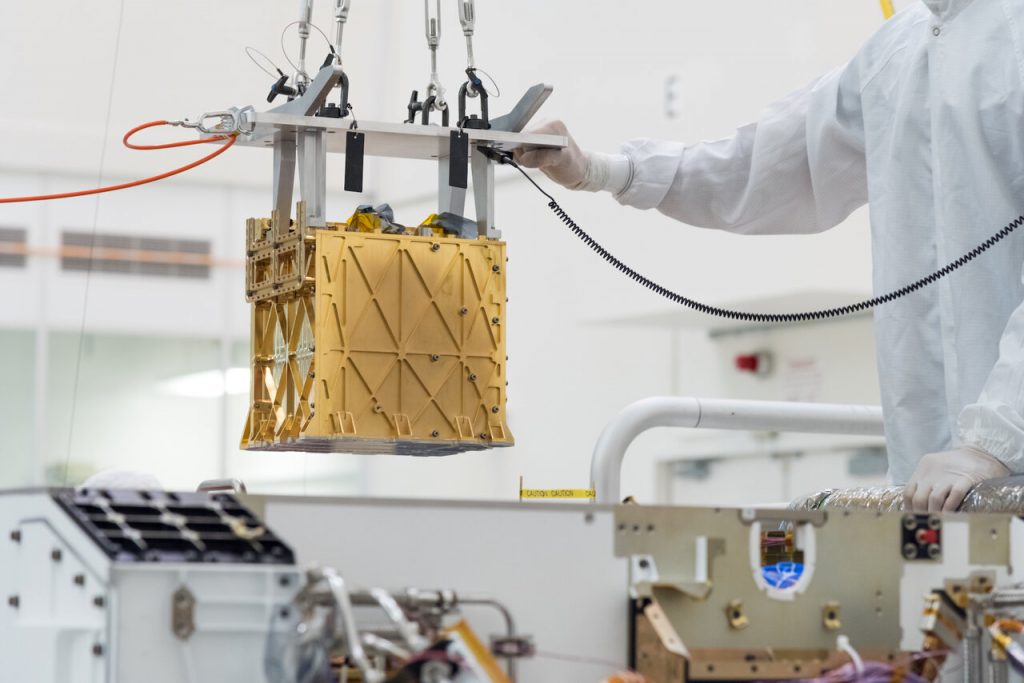
To that end, an instrument on the Perseverance rover called MOXIE, or Mars Oxygen In-Situ Resource Utilization Experiment, successfully accomplished what could turn out to be a major first: converted carbon dioxide in the atmosphere into oxygen. This is another technology demonstration, like the Ingenuity helicopter, that could turn into something more with further development. However, the question was, “Is further development worth it?” NASA likes to experiment, sure, but they really like things that work before they go into space. And it seems, MOXIE works. As the article states: While the technology demonstration is just getting started, it could pave the way for science fiction to become science fact – isolating and storing oxygen on Mars to help power rockets that could lift astronauts off the planet’s surface. Such devices also might one day provide breathable air for astronauts themselves.
The atmosphere of Mars is 96% carbon dioxide. Again, not good for humans. So MOXIE separates the oxygen atoms out of the carbon dioxide molecules using a high-heat process (800 degrees Celsius). Well, it grabs one oxygen atom. The other one stays with the carbon and is released as carbon monoxide into the atmosphere. Still not good for humans, but hey, now we have oxygen we can use to breathe and to make rocket fuel to get back to Earth.
It’s a start anyway.
One final meteorite story for you. Earlier this year we reported that Bennu appears to have pieces of Vesta mixed in with its rocks, and now, it turns out that a meteorite we reported on a couple of years ago may also be from Vesta. Back in 2018, a fireball was seen streaking across African skies and was traced to an impact area in the Central Kalahari Game Reserve in Botswana. Again, Dr. Peter Jenniskens of the SETI Institute used radar data and witness accounts as well as help from the local scientific community to locate fragments of that fireball. Twenty-three meteorites were recovered from the event – pieces that survived the destruction of a 1.5-meter parent object.

Analysis of these fragments as well as pre-impact images taken by the Catalina Sky Survey and the SkyMapper Southern Survey allow us to understand the meteorite better than any other object so far recovered. From its chemistry, it appears these pieces are actually pieces of Vesta that got knocked off billions of years ago during an impact, and through a confluence of orbits, were able to hit our world in 2018. It’s a rock-hit-rock universe out there, which for us means free samples of space rock, no robotic sample missions required.
In a new article in Science News, correspondent Tom Siegfried articulated a problem that has come up in bits and pieces in this show in recent weeks. This problem, put as simply as possible, is we don’t understand why the universe has the particles it has, and this is making it really hard to figure out what undiscovered particles are out there waiting to be discovered as the bits of stuff behind dark matter and maybe even dark energy.
In trying to guess at what might be out there, physicists have, as they always have, relied on ideas of symmetry. This sometimes works; symmetry allowed us to figure out the three families of particles that make up the detectable universe, from the foundational quarks, up through to the protons, neutrons, and other particles they build.
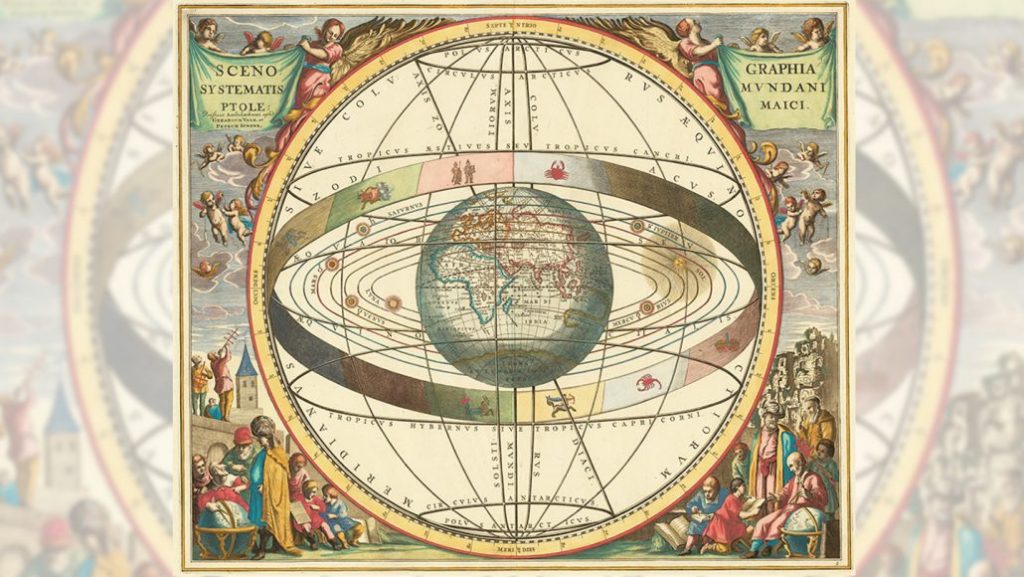
Symmetry does not always help, though. Early researchers trying to understand the motions of the planets relied on the ideas of perfect symmetry in Plato’s Solids. From Ptolemy and Copernicus down through Kepler’s early work, planets were assumed to orbit in perfect circles, and since perfect circular orbits don’t match what we see, planets going in circles attached to circles, and other crazy combinations of perfect shapes were utilized to try and force symmetry into celestial motions. It didn’t work, and it was only in considering the imperfect ellipse, which is only symmetrical if cut in half just right, that Kepler solved planetary motion by throwing away complete symmetry, and now we know that all orbits are ellipses, even if circular.
With particle physics, we know that there is symmetry in what we see today. We know that there are things missing from our model. In trying to find what’s missing, researchers such as Nobel prize winner Steven Weinberg have created new families of symmetric particles that they can mathematically describe but that no one has been able to find. This is the theory of supersymmetry and its myriad of supersymmetric particles that are paired to the particles we have already found. While this theory hints at underlying math that explains their characteristics, it lacks underlying physics. Newton eventually found gravity to explain orbits, but no one has found that thing that makes the standard model work or leads us to other particles.
And with each new set of observations, we are eliminating more and more predicted possible particles and not finding any.
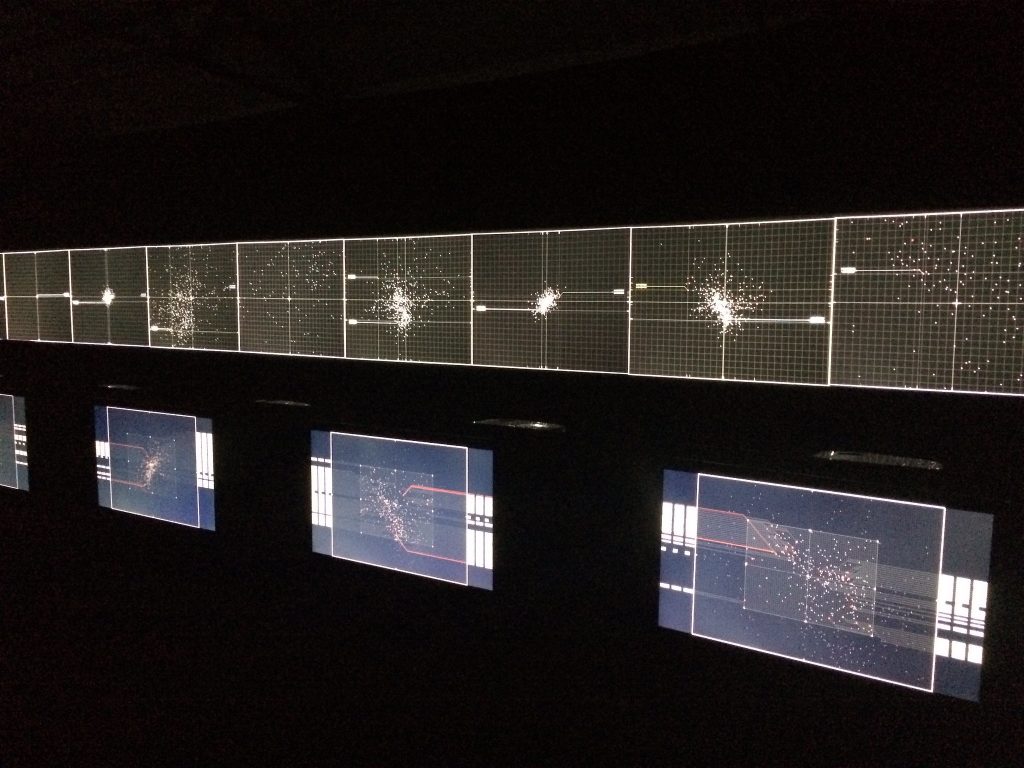
Within the next two years, the combined efforts of the Large Hadron Collider, Fermi National Accelerator Laboratory, and all the neutrino and gamma-ray detectors around the world are either going to rule out supersymmetry or finally find something. But we’ve already ruled out a lot, and it is time for us to start saying, “Let’s break the concepts of symmetry, and look at things from a less perfect angle.”
As any artist knows, it is not in perfectly centering and perfectly mirroring scenes that beauty is found. The Golden Ratio and all its mathematical siblings bring beauty to everything from photography to flower petals to the shape of spiral galaxies. Beauty comes in the asymmetry, and perhaps, even at the most fundamental level, at the level of particle physics, it is now time to look for asymmetry as the answer.
This has been the Daily Space.
Learn More
Hubble Celebrates 31st Anniversary with Bright, Old Star
- NASA press release
Stellar Flare From Proxima Centauri Captured in Multiple Wavelengths
- NRAO press release
- Carnegie Science press release
- “Discovery of an Extremely Short Duration Flare from Proxima Centauri Using Millimeter through Far-ultraviolet Observations,” Meredith A. MacGregor et al., 2021 April 21, The Astrophysical Journal Letters
Huge Exoplanet Found Far From Star Puzzle Scientists
- Leiden University press release
- “Discovery of a directly imaged planet to the young solar analog YSES 2,” Alexander J. Bohn et al., 2021 April 19, Astronomy & Astrophysics
CO2-Rich Liquid Water Found in Meteorite
- Ritsumeikan University press release
- “Discovery of primitive CO2-bearing fluid in an aqueously altered carbonaceous chondrite,” Akira Tsuchiyama et al., 2021 April 21, Science Advances
Perseverance’s MOXIE Instrument Extracts Oxygen From Martian Atmosphere
- NASA press release
2018 Botswana Meteorite Came From Asteroid Vesta
- SETI Institute press release
- “The impact and recovery of asteroid 2018 LA,” Peter Jenniskens et al., 2021 April 23, Meteoritics & Planetary Science
Perhaps The Time Has Come to Try Asymmetry
- Science News article
Credits
Written by Pamela Gay and Beth Johnson
Hosted by Pamela Gay and Beth Johnson
Audio and Video Editing by Ally Pelphrey
Content Editing by Beth Johnson
Intro and Outro music by Kevin MacLeod, https://incompetech.com/music/


 We record most shows live, on Twitch. Follow us today to get alerts when we go live.
We record most shows live, on Twitch. Follow us today to get alerts when we go live.